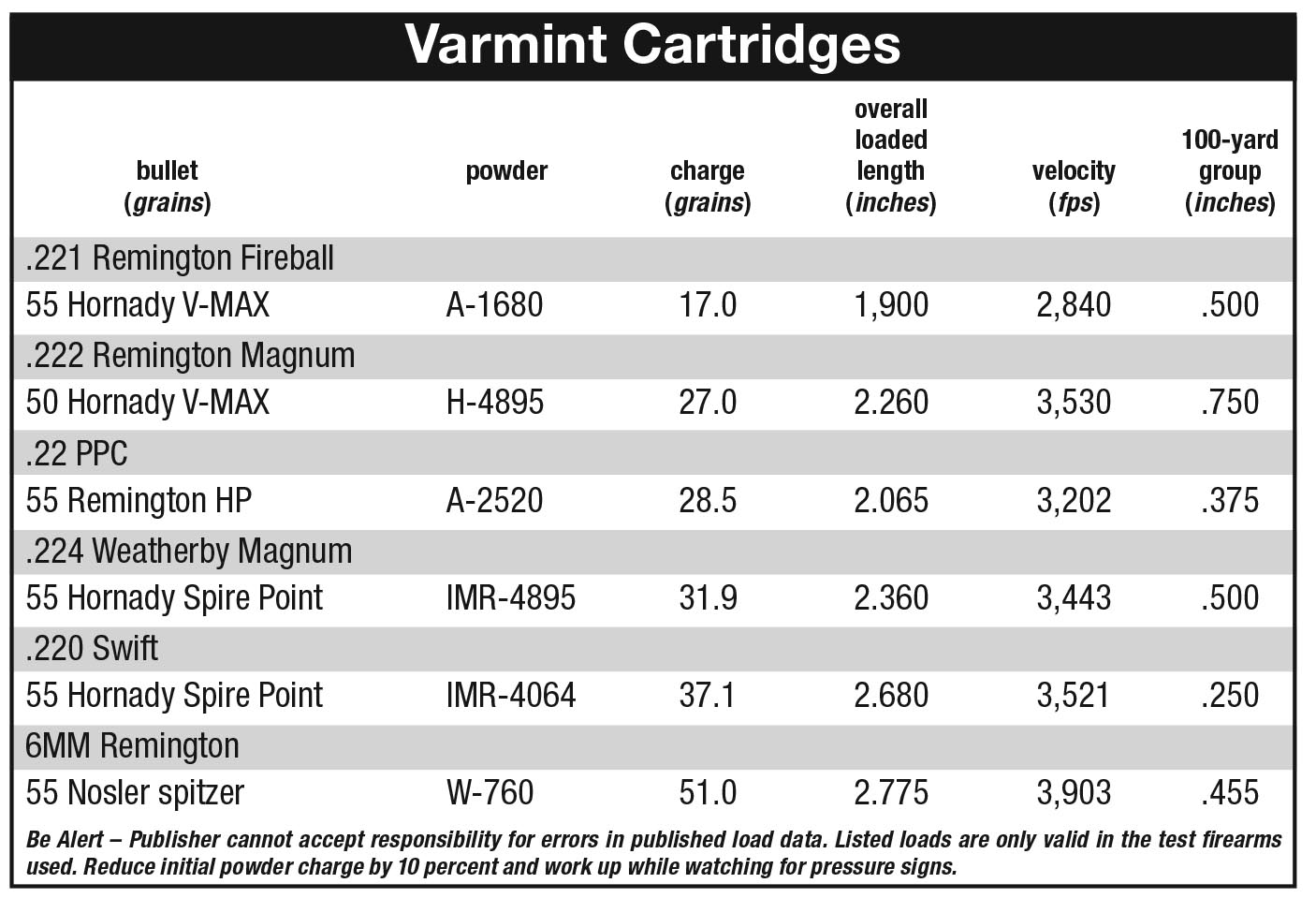Six Interesting but Often Forgotten Varmint Cartridges
other By: Stan Trzoniec | January, 26
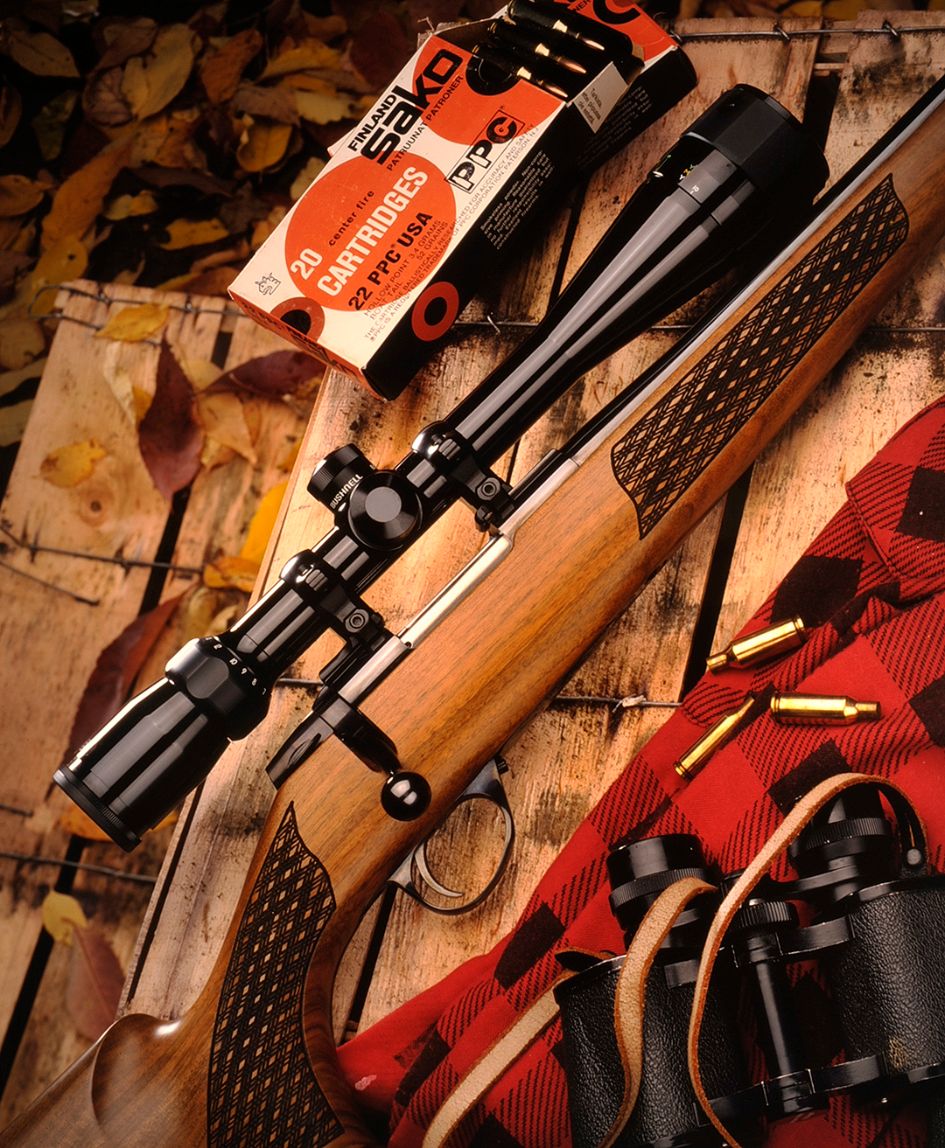
In this world of new and exciting cartridges, sometimes we tend to forget the ones that may have turned vintage in age or might have gotten out of favor with us. The six that we will highlight here, are for the most part, still available even with a little digging and as far as rifles are concerned, you can still find them at local gun shops, local shows or perhaps still listed in the lineups of popular gun companies.
With the six I have listed, only the .224 Weatherby Magnum and the .22 PPC were hard guns to find, but the Weatherby surfaced at a gun show this spring and the .22 PPC showed up in an online shop. I believe the .221 Fireball was a “limited edition” from Remington years back in the Model 700, but here, Cooper still chambers the gun in nine different variations as I have one in my gun rack. The .222 Remington Magnum, I came across at gun shop halfway across the state, the .220 Swift was recently resurrected by Ruger in a No. 1 a short time back and the 6mm Remington can be found with a little digging. Additionally, some of these cartridges can also be found within the listings of the older Thompson Center Contender or Encore barrels through their ill-fated Custom Shop.
The .221 Remington Fireball
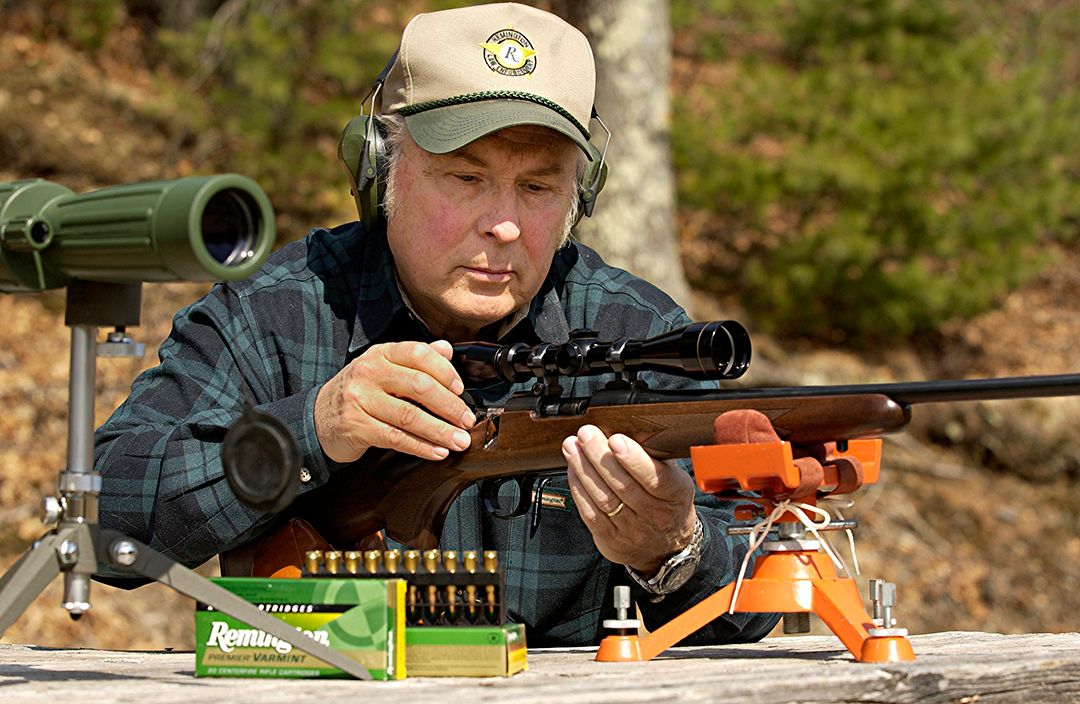
The Fireball started under the watchful eye of big brother Remington in 1963. Granted, its first appearance was in that homely, space age XP-100 pistol, and stayed there for years before some of the hardcore varmint shooters discovered it, with both the custom makers and commercial rifle manufacturers taking it under their wing. When it came to the Fireball, I treated myself to a Cooper Arms Model 21 Custom Classic. Single shot in nature, the gun was perfect for my needs with fancy checkering, high-grade wood, a shadow-lined cheekpiece all with a fantastic trigger. With a Redfield Five Star 4-12x scope attached, I spent many hours afield with that gun.
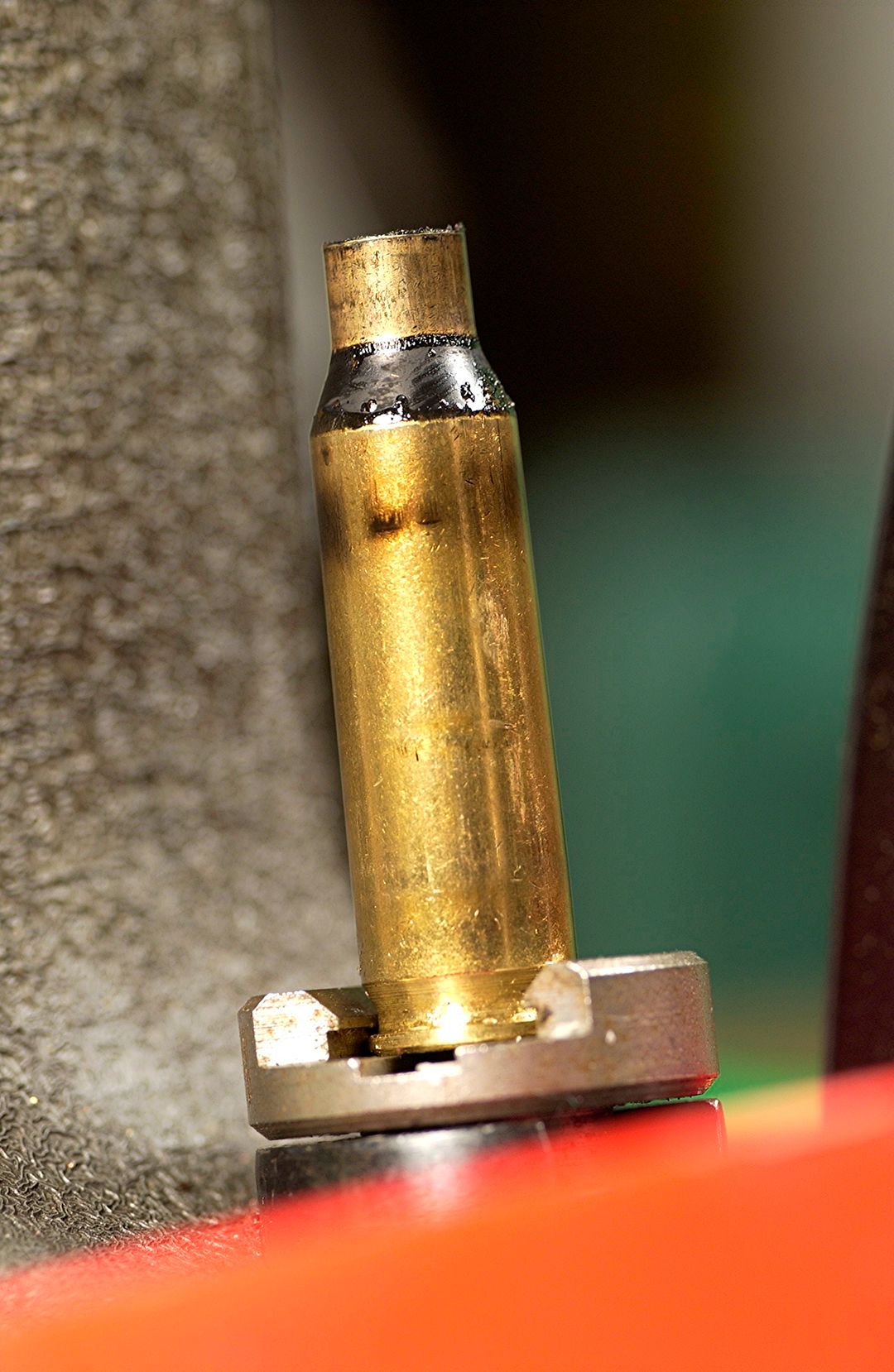
For those who love to compare notes, the Fireball is a bit faster than the Hornet (2,987 fps vs 2,387 fps), but is often beat out by the .222 Remington (3,319 fps) and the .220 Swift (3,514 fps) all with a 52-grain bullet. Considering it uses less powder than some of the other competitors and is just as accurate, the .221 Fireball is a good choice for the small game/varmint hunter.
With factory ammunition on the thin side, handloading is the only way to go. Looking for components and aside from Remington still producing brass on a limited scale, I noted that Lapua, Norma and Nosler still list the Fireball with an overage price of around sixty-cents a case. Primers fall under the small rifle type, with my choice going to the benchrest variety from CCI in the form of their BR-4 primers available everywhere.
When it comes to powders, for reference, the .221 Fireball holds about 21.0 grains of water. For starters, going from fast to slow, you can try IMR-4227, Accurate 1680, IMR-4198, Accurate 2015BR or Reloder 7. With my loads, none of the loads I have worked with exceed the maximums allowed by industry standards. For reduced loads, Aliant 2400 is perfect for the job with any 45-grain bullet. When it came to bullets, I have shot everything from 40- to 55-grain bullets in designs from spire points, hollowpoints, boat-tail or V-MAX with no problems in the gun or downrange.
I like the .221 Fireball for my summertime woodchuckin’ in New England. It is fast, accurate and fun.
.222 Remington Magnum
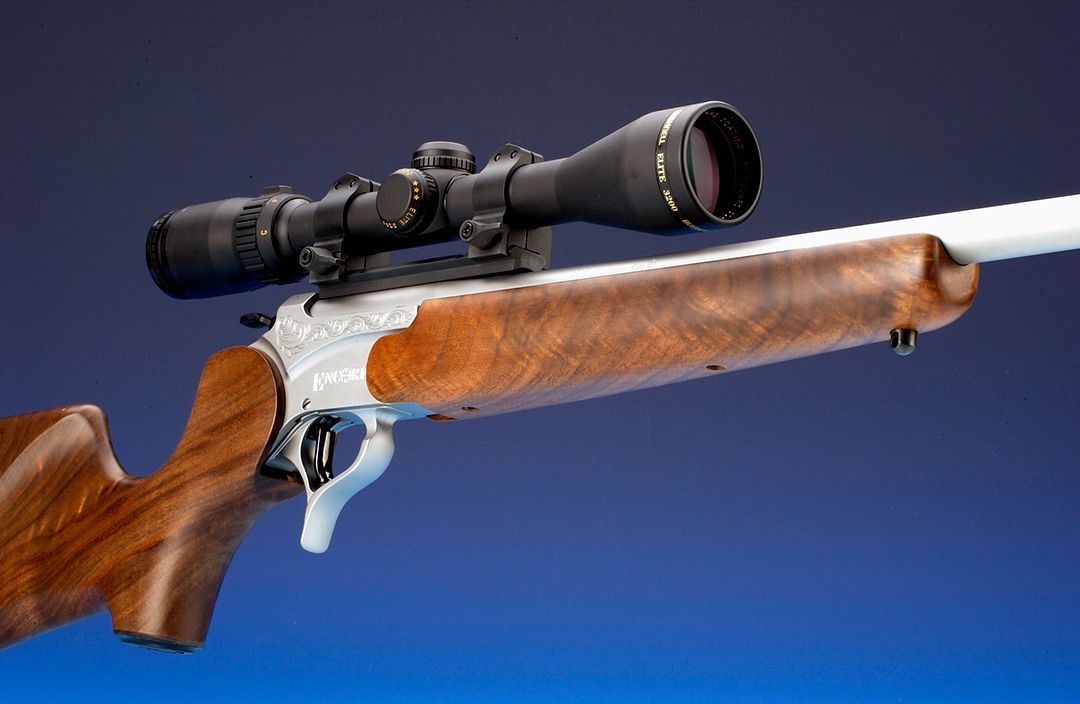
If you are looking for a cartridge to resurrect in your gun rack, you might want to try the .222 Remington Magnum. Years back, simply because it was a propriety cartridge, Remington made the Model 700 for it. I had one in my hands, but unfired, I sold it for a chance to purchase a custom stainless Thompson Center Encore complete with a full 26-inch tapered barrel. Regrettably, I sold that one also for a Ruger No. 1 that I rechambered (to scratch an itch) for the .219 Donaldson Wasp.
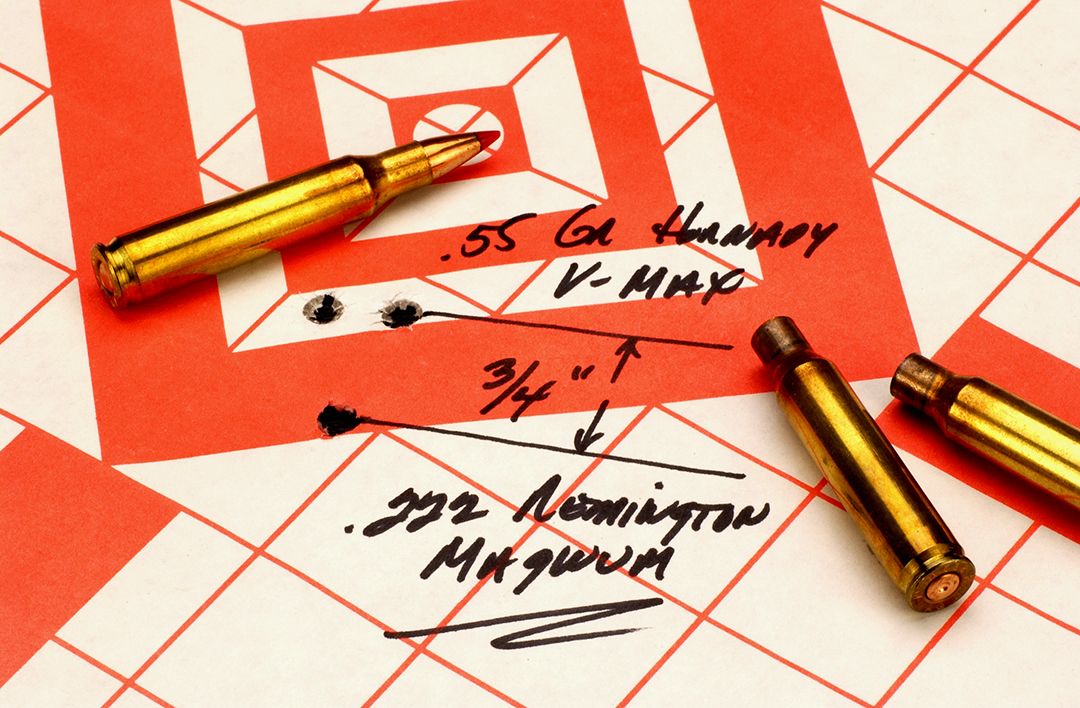
Looking around and talking to friends, I believe the .222 Remington Magnum was introduced in 1958 and today falls into the love-hate category among varmint cartridges. It seems part of the problem is that aside from the lack of popularity, this seemingly afterthought in a cartridge falls right in between the .222 and the .22/250 Remington. The .222 Remington will deliver around 3,100 fps with a 55-grain bullet; the Magnum version around 3,400 fps and the .22/250 will push the same bullet to 3,700 fps plus.
Loading this cartridge is no different from any other .22 caliber, so purchase a good set of dies and a precision shell holder. Before I do anything, I like to fully size each case regardless if it is new or not, clean everything and check for overall length. Checking the specifications, the overall length without a bullet should be no more than 1.850 inches with a trim length of 1.840 inches.
Handloading does bring out the best and with this, I found H-322, H-4895 and IMR-4064 worked the best for me in the Encore and the longer barrel. Primers were the CCI Benchrest and bullets came from Nosler, Speer, Hornady and Berger in weights from 40 to 60 grains.
While the .222 Remington Magnum seems to be a misfit into today’s wide variety of cartridges, if you can find a gun or have one made, it will be the right decision for varmints.
.22 PPC
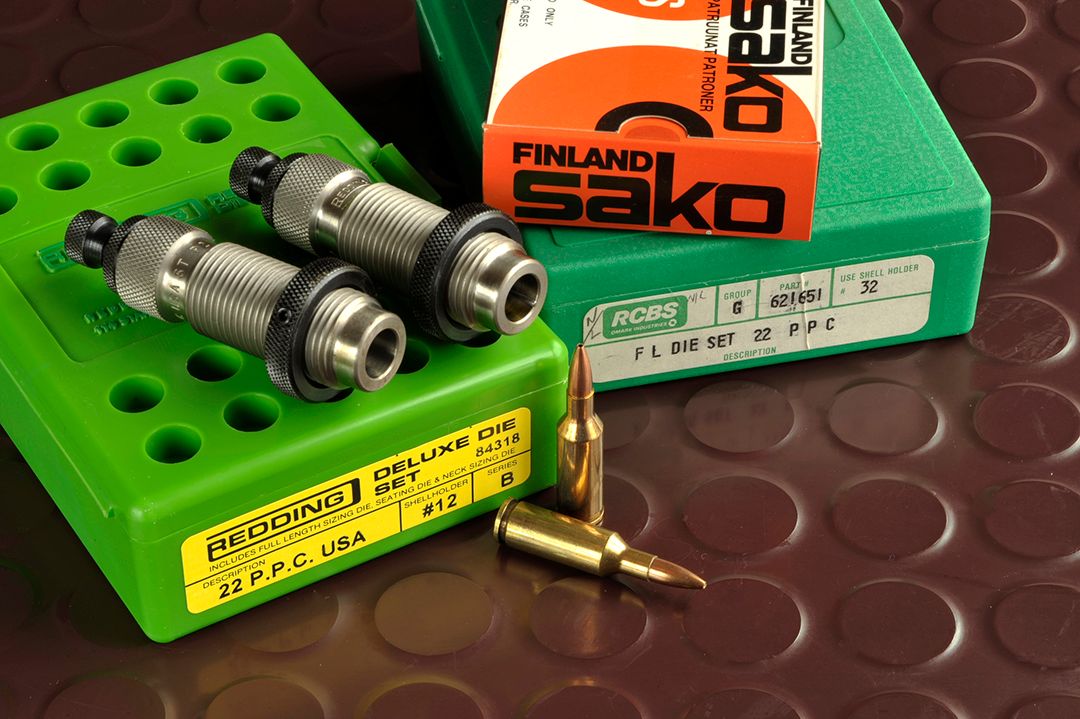
I am afraid this is one rifle that got away! With sadness, I have to pen this only because this is something I should have not done. I had the Sako Deluxe in my hands, did some handloading with the .22 PPC and finalized everything at the range. To this day, I don’t know why I sent it back, but right now, looking at a few Sako’s online proves I did the wrong thing when it came to “rare” rifles in the .22 PPC.
In any event, the Sako chambered for the .22 PPC was one heck of a rifle. The gun was made in a short action, just right for the cartridge. The wood, inletting and finish was perfect and the detailing of all the metal was exceptional. However, more important than that was the invention of the .22 PPC cartridge by Dr. Louis Palmisano and his partner, Ferris Pindell. Together they shared a passion for the ultimate, accurate and precision cartridge to be invented which turned out to be the PPC for Pindell Palmisano Cartridge. The history of the cartridge is interesting and time looking it up, will be time well spent.
Nevertheless, the Sako test rifle proved to be a joy to handload for and shoot. Even though the .22 PPC was in its infancy, I managed to get fresh brass as well as factory ammunition through the good graces of its importer – Stoeger Industries of New Jersey. If you are into .22 caliber cartridges, this PPC version will certainly excite you in the quest for a gun. Initially, the .220 Russian was a strong candidate but after further examination, Palmisano asked Sako to incorporate some ideas from him and the .22 PPC was born.
While the cartridge started out with the benchrest circuit in mind, for the varmint hunter, it falls right in place with available components then and now. For example, powders that most dedicated handloaders are familiar with go hand in hand with the PPC. These would include H-322, IMR-4198, H-4895 and Accurate 2520 and along with Remington 7½ Bench Rest Primers make for a great combination. Out of the 13 loads I tried, including the Sako factory ammunition, only one load went over to the dark side of 1½ inches; the rest never went over an inch with most falling in around three-quarters of an inch or less at 100 yards.
Therefore, I am going to make it easy for you. As of now, Norma still makes the brass (ninety-seven-cents each) so all you need is the rifle! Good hunting.
.224 Weatherby Magnum
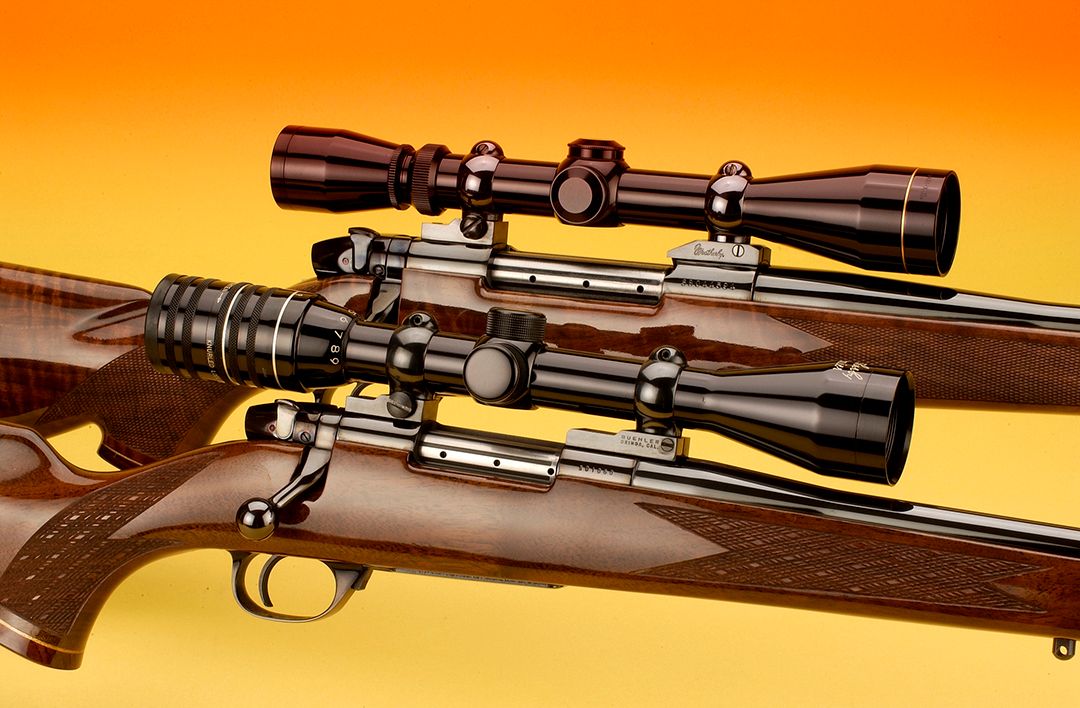
When talking about interesting .22 caliber varmint rigs, I just have to mention the scaled down Mark V Weatherby VarmintMaster in .224 Weatherby Magnum. For the past four decades, I have had nothing but fun with this gun in the field. A scaled down version of the parent Mark V rifle, everything from the action to the stock has been cut down to make this a true “walking” rifle for small game or varmints.
Checking my logbook, I purchased the gun in January 1981, for an article on the cartridge. At that time, I got to know Roy Weatherby himself through correspondence and the Shot Show, so he opened up to me regarding the history of the gun and its diminutive belted cartridge. He developed the cartridge in the late 1940s, but he did not have an action for it. To make a long story short, he invested in the tooling, that at the time cost him around $100,000 and was paid off quickly, because both the rifle and cartridge became an overnight success.
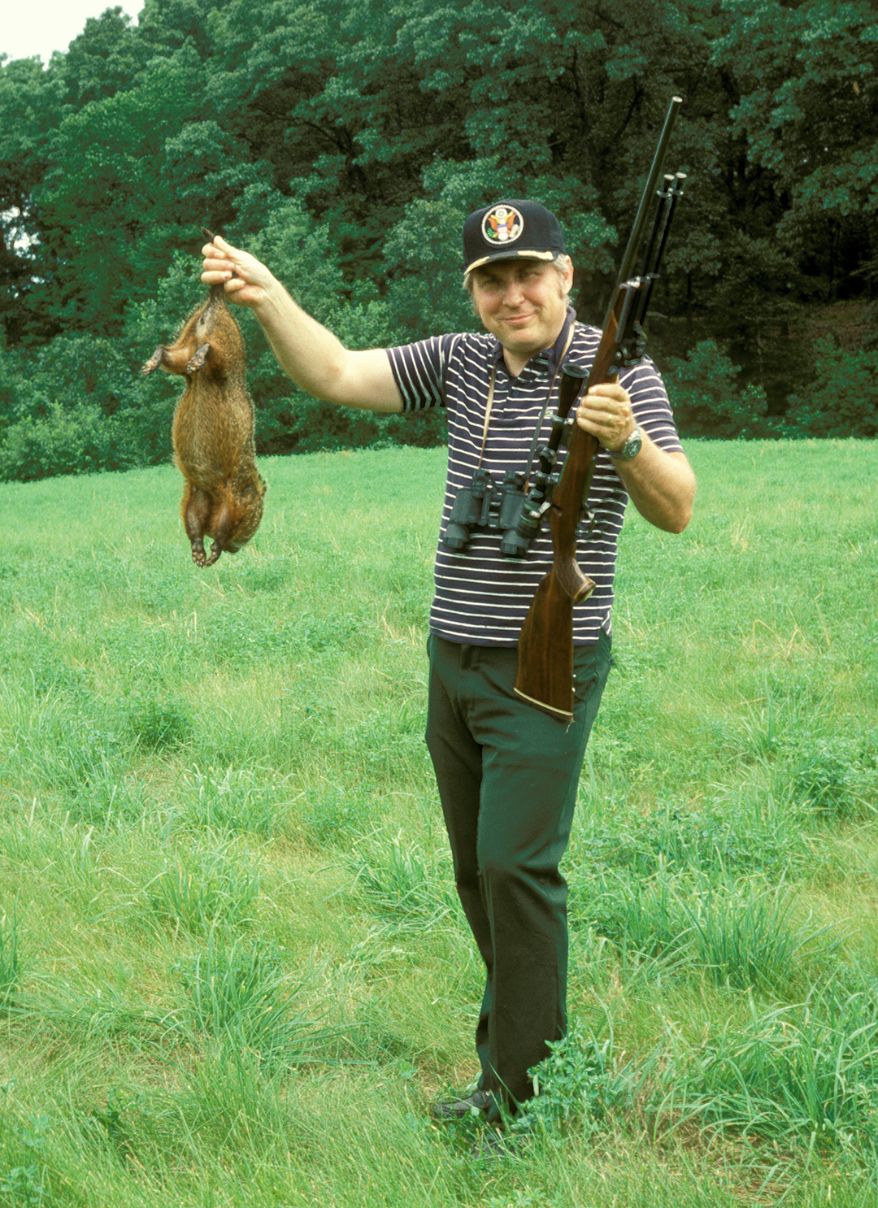
My dealings with both span many years in the field and handloads in which to test at the range. From the fancy wood to the specialized action that opens with a bolt throw of only 54 degrees, this gun will deliver the goods time after time. New brass is still available from Weatherby or Norma with an average price of around $1.80 per case. Factory ammunition is still out there, believe it or not, with prices going close to $50.00 per box of 20 direct from Weatherby.
The .224 Weatherby holds 35.8 grains of water, which is about 16 percent less than its nearest rival, the .22/250 Remington. Looking closer, the Weatherby is an efficient cartridge, as it only needs 29.1 grains of IMR-4895 to reach 3,300 fps while the .22/250 needs 31.9 grains to match it. While that is not a big concern, in the end, the .22/250 Remington won out in the ammunition department because of popularity and their ability to chamber a wide range of rifles. Bullets are no problem as any .224-inch projectile is good, and for primers, I’ll stick to my favorite Large Rifle CCI BR-2 Benchrest product. With most any Weatherby, there is a slight amount of freebore before the rifling, so experimenting with the overall length of the cartridge with the bullet installed is a good idea.
For field use, I have no problems with taking small game at 300 yards with the .224 Weatherby. The gun is still accurate, is easy to carry in the north forty and having it along is like having an old friend with me. Again, while the VarmintMaster is not out there in spades, they do pop up on the web from time to time. If you see one, buy it!
.220 Swift
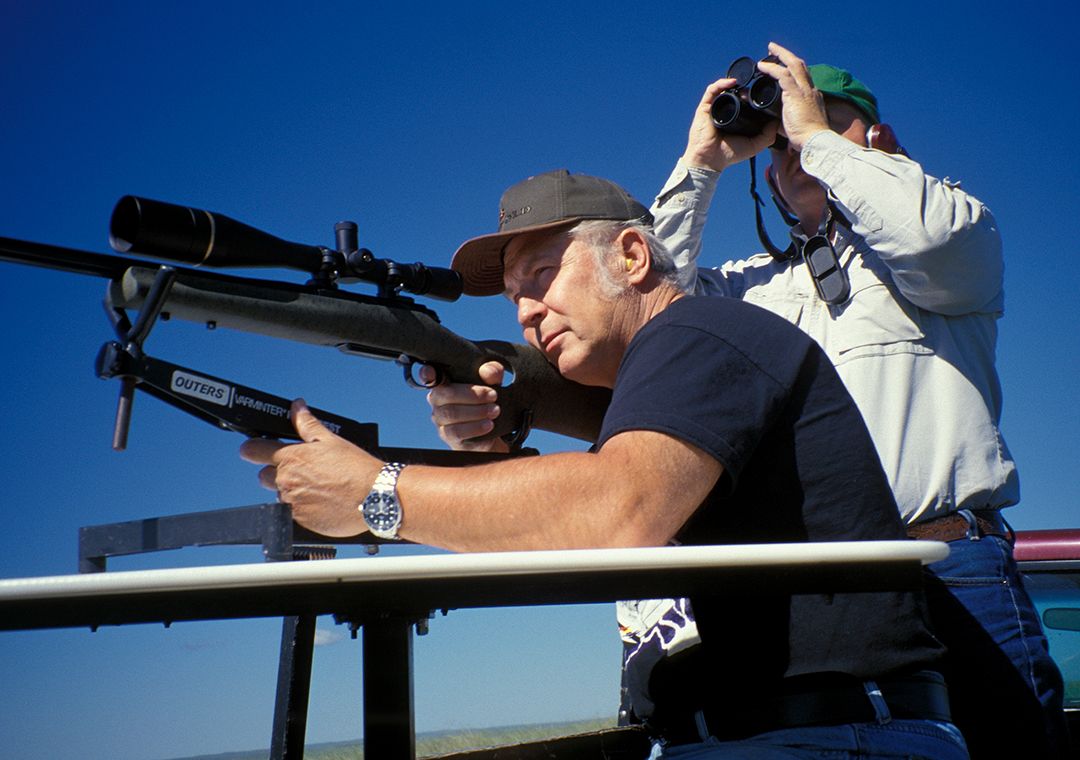
Looking back, I’ve had quite a run with the .220 Swift to the point where I have shot the Swift through four different guns. The Ruger M77 Varmint, Remington’s Custom Shop 40B, H-S Precision and a Ruger No. 1. The Swift has always been a favorite with me in both shooting and with its ability to cater to a wide variety of handloads, make it a good gun to take in the field. In fact, I loved the cartridge so much that I even went through the trouble of chambering a Ruger Target rifle in .220 Rocket, a Weatherby offshoot pioneered by the company to compete with the Swift, but never reached its full potential.

Aside from the Ruger M77 Varmint, the rest of the guns were on consignment, so I only had a limited time to test, take them into the field, and then send them back. When the Swift was introduced, the claims of it burning out barrels seemed to drift to the wayside as its popularity gained and was the results of some of the earlier Winchester guns having soft steel barrels. The cartridge received additional bad press by powders not living up to their potential back then and guns that were equipped with barrels made for the Hornet with a .223 inch bore size. Today, all that is by the board, and as for shooting out barrels, I don’t think you will see that today unless you are an extreme shooter and frankly, that can happen to any gun.
Factory loads are available, but to me, the best of the Swift is with handloading. Not bemoaning the commercial brands, Federal, Hornady, Norma and Remington all offer something in the Swift. If you have deep pockets and you don’t want to spend time bent over a bench, this may be for you. The Swift is adaptable to many powders that is a nice benefit as if you run out of one; you can switch with the same results. However, to me, the benchmark powder to use is IMR-4064 with H-380 as a second choice with bullet weights from 52 to 55 grains for both accuracy and velocity. I use Norma cases and the CCI BR-2 Primers.
Let’s cite a few examples. With the Ruger M77 with a Berger 52-grain bullet, 36.3 grains of IMR-4064 hit 3,514 fps with half inch groups at 100 yards; with 42.0 grains of H-380 the Remington 40-XB managed to squeak out groups around 9/16 inch with velocities just under 3,800 fps. While H-380 gave us better velocities, it did so at the cost of accuracy.
Naturally, in an overall review like this where you are talking about a half dozen cartridges, you can’t go into more than a few loads. In any event, don’t ever sell the Swift short, and although not too many rifle manufactures are turning out guns for the Swift, a quick check of the Remington catalog shows they have one listed for their famed Model 700 available right now.
6MM Remington
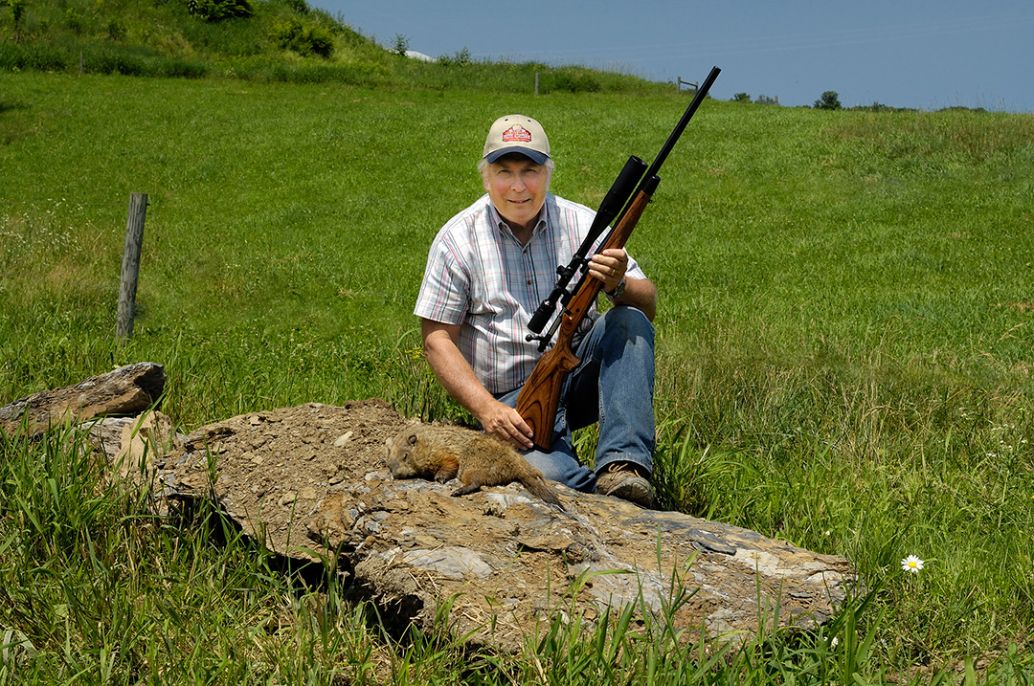
So what’s this? For the most part, we are talking about the .22 centerfires and Trzoniec throws in the 6mm Remington for varmints. I assure you with good reason why, as I will explain. Like the Swift, I had more than a few guns to play with in the .243 inch caliber, but the Remington Model 700 really started to pique my interest. While my original rifle had the more traditional walnut stock, I found another stock in a laminate that once installed, it just made that gun come alive and along with tuning the trigger to 2¼ pounds, I was set to go.
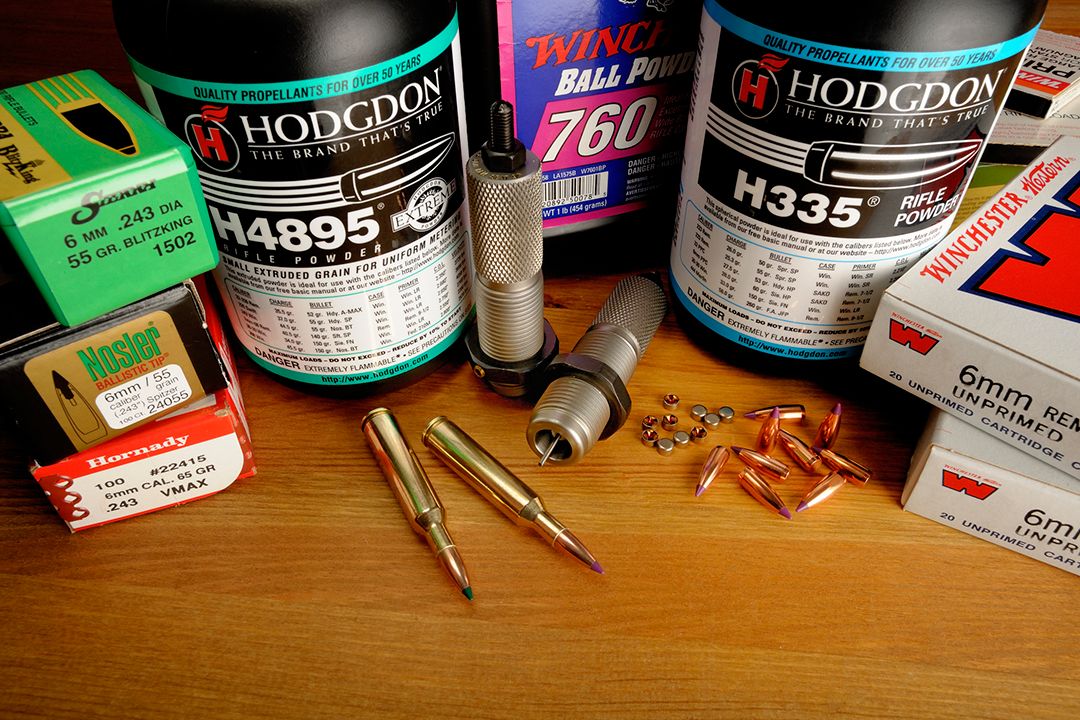
Working with the 6mm is a joy. The cases are bigger, and although you might have a longer time finding them, Hornady and Remington still list them, with Remington seemingly with an on again, off again production schedule. Both make ammunition, so if push comes to shove, fire them off for sighting in, brass later. Capacity of the 6mm Remington is 47.0 grains of Varget powder for example; the .240 Weatherby, 51.5. In my testing and shooting, my choice for the lighter bullets came down to Varget, W-760 and RL-15 powders. Forty-seven grains of Varget under a Sierra 55 grain BlitzKing pushed 4,002 fps with a three-shot group measuring .770 inch. With 53.0 grains of W-760 (compressed), we hit 4,077 fps with a .535 inch group.
With the type of rifle complete with a heavy barrel and a laminated stock, recoil was there but hardly noticeable as compared to the twenty-two’s during my field outings. Don’t forget, I am not shooting dozens of prairie dogs during the day, maybe three to four chucks here in New York state, so this gun is pleasurable to shoot off a bipod. Then again, if you really want to stick with .22 offerings, you can also try the .22-6MM TTH. Quite a cartridge and E.R. Shaw makes a great rifle for it.
So there you have it. Six very interesting cartridges to work with and the summer is coming so pick your favorite and go to it. You can thank me later!


